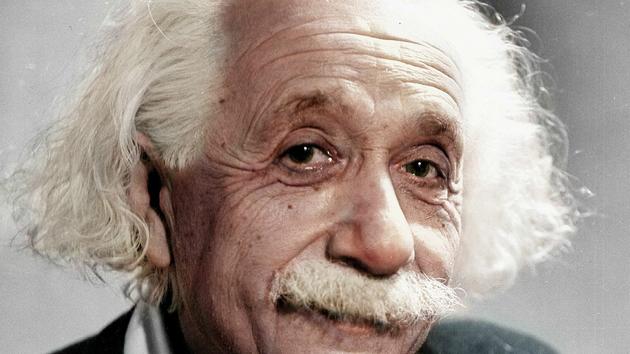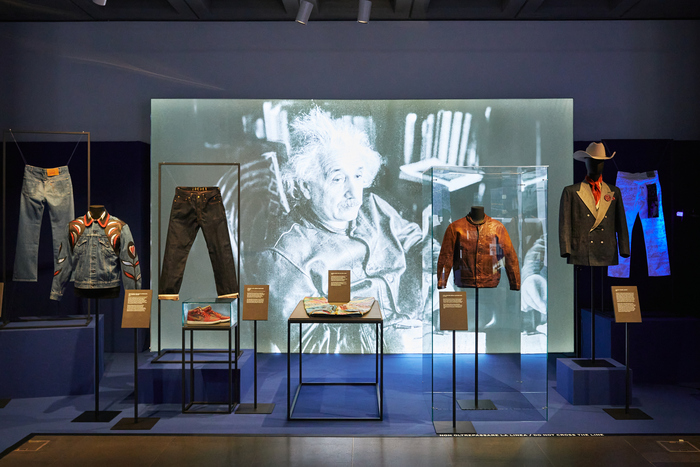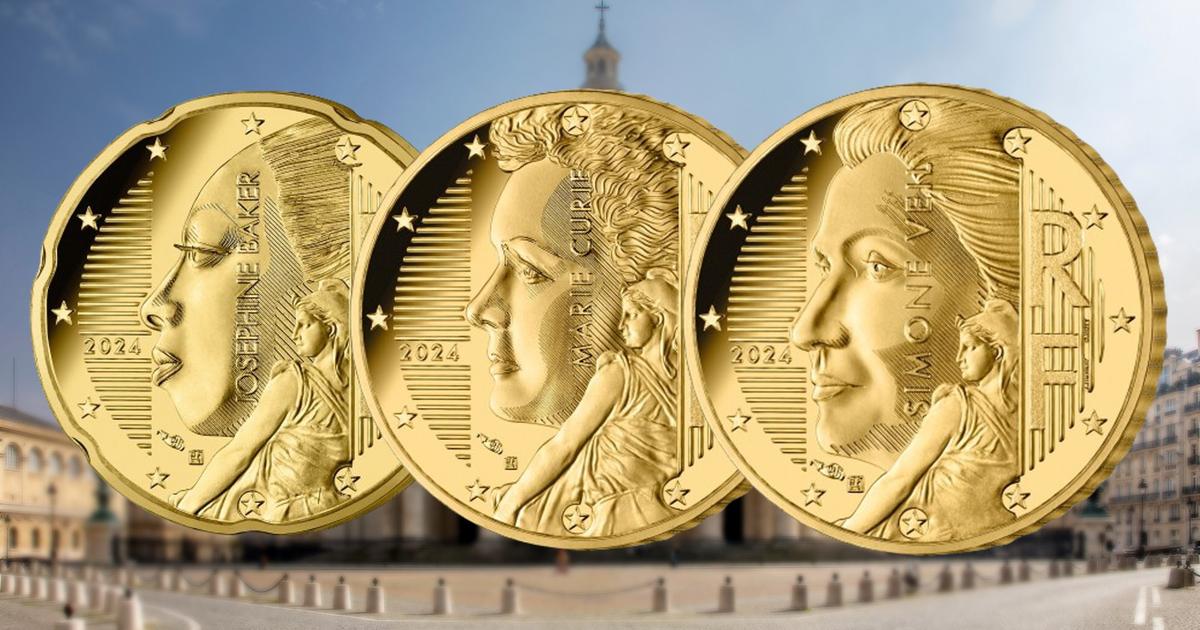While specialists are mobilized around the world to develop a vaccine against Covid-19, and scientific research is at the forefront in the management of this health crisis, let us remember these illustrious scientists.
Read also: Vaccination against the Covid-19, a race against the clock
In our own way, we honor science in our retrospective.
E = MC² this famous equation (which is over 100 years old) is as famous as its inventor Albert Einstein who died on April 181955. To summarize very succinctly, the principle discovered by the physicist demonstrates the equivalence between mass and energy of a body. In addition to this remarkable discovery, he exposes a new theory of the corpuscular nature of light and a so-called theory of special relativity: these publications appeared in 1905 then revolutionize the field of physics. It was not until ten years later that he published his so-called general relativity theory. A great physicist, he is also known for his humanism and his pacifism. "We must not only tolerate differences between individuals and groups, but in reality welcome them and consider them as likely to enrich our existence." he writes in an unpublished text published in Le Figaro Littérairethe day after his disappearance. In 1921, the great scientist received the Nobel Prize for his work in physics.
See this post on Instagram
April 18, 1955, Albert Einstein, physicist and mathematician of genius, died in Princeton in New Jersey in the United States. Since 1933 he led a retired life there and collaborated in the Institute for Advanced Study. Einstein will remain loyal to this new workplace until his death. He continued his work there on the theory of relativity and simply lived in his house at 112 Mercer Street, a traditional white house. According to his instructions, his body was cremated and the ashes scattered in a secret place so as not to become an object of worship. However, his brain was stolen by Doctor Thomas Harvey during the autopsy performed in 1955. It was the start of a whole story of the brain of the scientist to detect scientific proof of his genius. Credit: Rue des Archives #alberteinstein #sciences #savant #scientist #mathematician #mathematician #physique #prixnobel
A publication shared by Figaro Archives (@figaroarchives) on April 17, 2020 at 11:39 PDT
Read also: April 18, 1955: Einstein's death
Two other Nobel Prize winners: Pierre and Marie Curie. We recalled their entry into the Pantheon on April 20, 1995 during the ceremony organized under the presidency of François Mitterrand. "Today's ceremony takes on a particular splendor since the first woman in our history, honored for her own merits, enters the Pantheon," declared François Mitterrand in his speech. Marie Curie is also the only woman to have won the Nobel twice. After the death of her husband, victim of an accident at the age of forty-six, she continued the common work. She resumed her husband's lessons at the Sorbonne in 1906, then the University and the Pasteur Institute built for the scientist, the Radium Institute. When the war comes, we know the admirable role of Marie Curie, present on the ground with her radiological equipment transported to the front, in about twenty cars: "Les petits Curies". The war ended, she will not stop working in her institute which becomes a high place of nuclear physics.
See this post on Instagram
On April 20, 1995, the coffins of Pierre and Marie Curie entered the mausoleum of great men. After Marcellin and Sophie Berthelot, it is the first couple to know the honors of the Pantheon. Marie Curie becomes the first woman to enter the national necropolis for her own merits. Twenty years later, she will be joined by Geneviève de Gaulle-Anthonioz and Germaine Tillion, two great figures of the Resistance. Credit: Wikimedia commons #mariecurie #pierrecurie #pierreetmariecurie #sciences #physique #chimie #prixnobel #pantheon
A publication shared by Figaro Archives (@figaroarchives) on April 19, 2020 at 11:19 PDT
Read also: Marie and Pierre Curie, Nobel Prize winners in physics on December 10, 1903
It is not physics or chemistry that interests him but the science of crime: Alphonse Bertillon, born April 24, 1853, holds an essential place in the history of crime. With the implementation of his new police methods of identification within the Prefecture of Police, he is recognized as one of the founders of the scientific police. A pioneer in scientific investigation, Bertillon is also supporting another revolution: fingerprinting. This is how he used fingerprint records for the first time and proved the guilt of a suspect in 1902. Later the famous "Tiger Brigades", Georges Clemenceau's mobile brigades, will use "the technique de Bertillon le Bertillon ”to apprehend the thugs.
See this post on Instagram
Father of the scientific police, Alphonse Bertillon was born in Paris on April 22, 1853. Having entered the Paris Prefecture of Police as a simple clerical assistant, he drew up the files of those arrested and filed the files. Promoted to the photography department, it was then that he had the idea of developing an identification system, the famous method called bertonnage. This forensic technique is based on biometric analysis accompanied by front and profile photographs. This new method of identification quickly spread throughout Europe, then triumphed in the United States. Judicial anthropometry was born. Credit: Wikimedia commons (1st photo example anthropometric sheet of Alphonse Bertillon in 1912 and portrait of Bertillon). #alphonsebertillon #fichage #criminalite #police #policescientifique #anthropometrie #empreintedigitale
A publication shared by Figaro Archives (@figaroarchives) on April 21, 2020 at 11:13 PDT
See also: October 24, 1902, first arrest of a murderer confused by his fingerprints
We were also talking to you this week about the naturalist Charles Darwin, the scientist who revolutionized biology thanks to his work on the evolution of species and his famous theory of natural selection.
Discover our “scientific” week by joining us on @archivesfigaro



/cloudfront-eu-central-1.images.arcpublishing.com/prisa/2DOJ7SOSPVAGVKSF3ZCHVVKNPA.jpg)
/cloudfront-eu-central-1.images.arcpublishing.com/prisa/T64LVSQLMRBDPKNF5NQ2IQUK4E.jpg)




